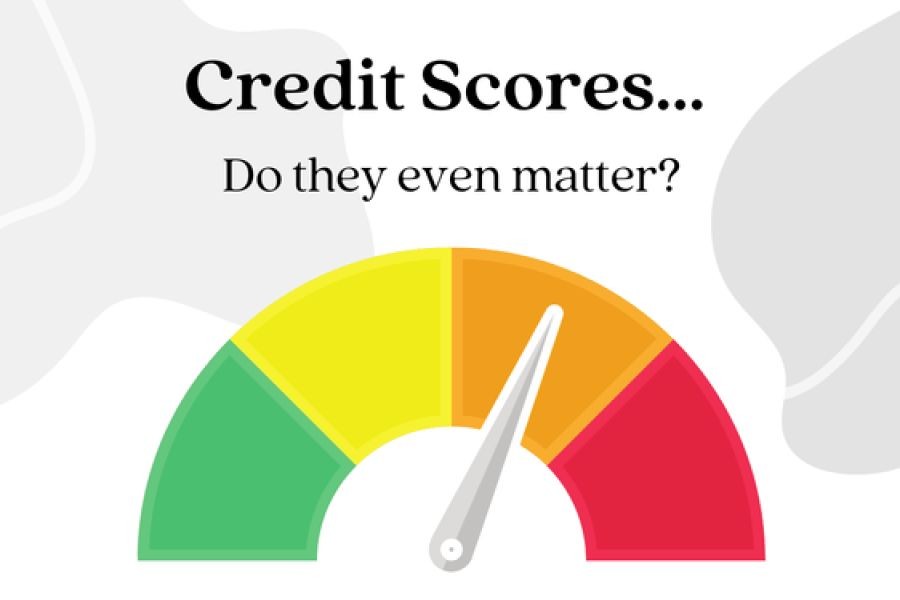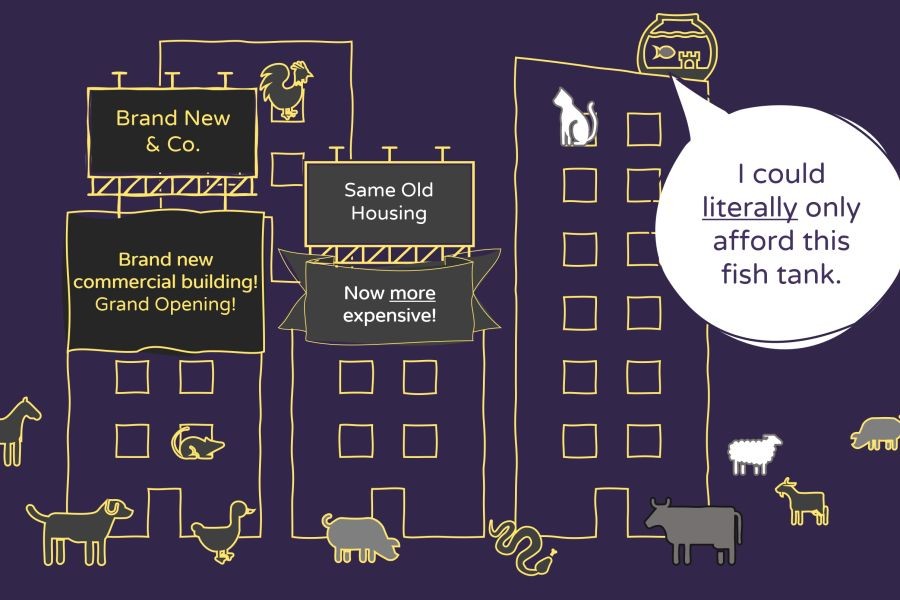In the ever-evolving landscape of global entrepreneurship, the comparison between Australian startups and their European counterparts offers a fascinating lens through which to examine the nuances of innovation, economic strategy, and market dynamics. As Australia seeks to position itself as a leading hub for innovation, understanding these differences becomes crucial for policymakers, investors, and entrepreneurs alike.
The Australian Startup Ecosystem: A Landscape of Opportunities and Challenges
Australia's startup ecosystem is characterized by a vibrant mix of technology-driven innovation and a supportive network of accelerators and incubators. According to the Australian Bureau of Statistics (ABS), the number of startups in Australia has grown by over 60% in the past decade. This growth is supported by initiatives like Startmate and Blackbird Ventures, which provide crucial funding and mentorship to fledgling companies.
However, despite this progress, Australian startups face significant challenges. A report from the Australian Treasury highlights that high regulatory compliance costs and limited access to capital remain key hurdles. The Australian Competition & Consumer Commission (ACCC) also points to the need for startups to navigate complex consumer protection laws, which can stifle innovation if not managed effectively.
European Startups: Diverse Markets and Robust Support Systems
In contrast, European startups benefit from a diverse market landscape, thanks to the European Union's integrated economy. Countries like Germany, France, and the UK have established themselves as innovation powerhouses, supported by strong government policies and access to a large customer base. The European Investment Fund plays a pivotal role in providing capital, which helps reduce the financial barriers for startups.
Moreover, Europe’s emphasis on sustainability and digital transformation creates unique opportunities for startups in sectors like clean energy and fintech. However, the complex regulatory framework across different countries can pose challenges, requiring startups to adapt their strategies for compliance.
Comparative Analysis: Who Has the Edge?
When comparing the two regions, several factors come into play:
- Market Size and Access: Europe’s larger market and diverse consumer base offer startups a broader playground. In contrast, Australian startups often need to expand internationally to scale effectively.
- Funding and Investment: While Europe boasts larger pools of venture capital, Australia is catching up with increased government support and initiatives aimed at boosting investment in tech startups.
- Innovation and Technology: Both regions are at the forefront of tech innovation, but Europe’s focus on sustainability gives it a slight edge in sectors like clean tech and renewable energy.
- Regulatory Environment: Australia's regulatory landscape is more straightforward compared to Europe's fragmented framework, providing a clearer path for startups to navigate compliance.
Case Study: Canva – An Australian Success Story
One of the most compelling examples of Australian startup success is Canva, a graphic design platform founded in Sydney in 2012. Canva's growth trajectory illustrates the potential for Australian startups to achieve global impact.
Problem:
Initially, Canva faced the challenge of breaking into a saturated market dominated by established players like Adobe. The platform needed to differentiate itself while navigating the complexities of scaling a tech company from Australia.
Action:
Canva focused on user-friendly design and accessibility, making graphic design tools available to non-designers. The company also leveraged strategic partnerships and secured funding from prominent investors like Sequoia Capital.
Result:
- By 2021, Canva reached a valuation of $40 billion, making it one of Australia’s most successful tech startups.
- The platform boasts over 60 million monthly active users across 190 countries, demonstrating its global reach.
Takeaway:
Canva’s success underscores the importance of innovation, strategic partnerships, and a global mindset for Australian startups. It also highlights the potential for Australian companies to scale internationally despite local challenges.
Myths and Misconceptions in the Startup World
Several myths persist about startups, both in Australia and Europe. Here are some common misconceptions:
Myth: "Startups always need massive funding to succeed."
Reality: While funding is important, startups like Canva have shown that strategic partnerships and a focus on product-market fit can be equally crucial. According to a report by the Reserve Bank of Australia (RBA), over 30% of successful startups initially bootstrap before seeking external investment.
Myth: "The European market is too fragmented for startups."
Reality: Despite regulatory complexities, the EU market offers access to diverse consumer bases and funding opportunities. Startups that adapt to local regulations and consumer preferences can thrive.
Future Trends and Predictions
The future of startups in both regions will be shaped by several key trends:
- Digital Transformation: As the demand for digital solutions grows, startups in both Australia and Europe will continue to leverage AI and machine learning to drive innovation.
- Sustainability: European startups will lead in creating sustainable solutions, influencing Australian counterparts to adopt similar practices.
- Remote Work: The shift towards remote work will create new opportunities for startups to innovate in productivity tools and remote collaboration technologies.
Conclusion: Strategic Insights for Entrepreneurs
Both Australian and European startups have unique strengths and challenges. Australian startups benefit from a supportive ecosystem and a straightforward regulatory environment, while European startups enjoy access to a larger market and robust funding. Entrepreneurs in Australia should focus on global expansion, leveraging technology and innovation to overcome local market limitations.
For a deeper dive into startup strategies and to connect with industry leaders, consider joining forums like the Business Council of Australia or engaging with global networks like LinkedIn to share insights and strategies.
People Also Ask
How do Australian startups compare to European startups?
Australian startups often face a smaller domestic market but benefit from a supportive regulatory environment, while European startups enjoy a larger market but must navigate complex regulations.
What challenges do Australian startups face?
Key challenges include high regulatory compliance costs and limited access to capital, although government initiatives are helping to address these issues.
Related Search Queries
- Australian startup ecosystem 2024
- European startup funding opportunities
- Regulatory challenges for startups in Australia
- Canva success story analysis
- Sustainability trends in European startups
- Global expansion strategies for Australian startups
- Impact of digital transformation on startups
- Remote work innovations in startups
- venture capital trends in Australia
- Entrepreneurship in the European Union































